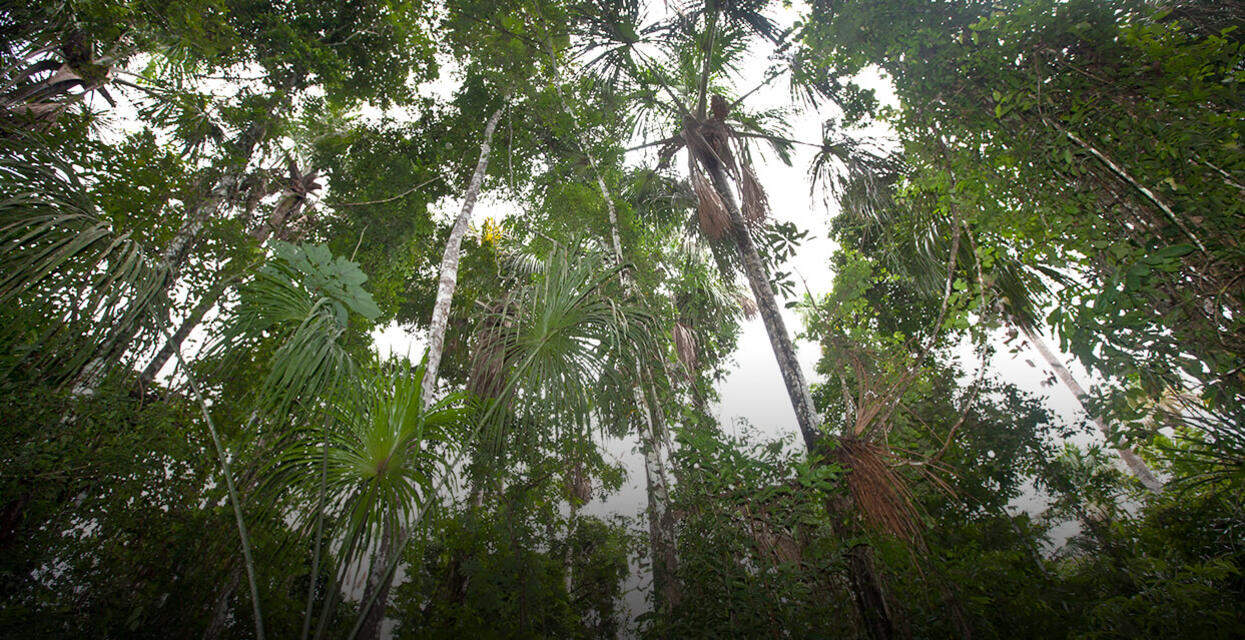Conservation Status: IUCN Red List: Not Assessed
Threats to survival: Destructive harvest
Providing Alternatives
Through our work with the aguaje palm, Mauritia flexuosa, our Plant Conservation team seeks to balance the needs of local people who harvest palm fruit for income and the wildlife that rely on the fruit for survival. While cutting down 60-90 foot palm trees to reach the fruit is clearly unsustainable, few alternatives are available to many residents of the small village communities that depend on access to natural resources for their livelihood. We are working with George Mason University researchers to provide people with sustainable alternatives to destructive harvesting of palm fruit and researching the effectiveness of our outreach efforts by collaborating with the Maijuna indigenous community in the northeastern Peruvian Amazon. We are working with the Maijuna to provide climbing harnesses and training to harvesters, conduct workshops to ensure everyone understands the benefits of climbing over cutting, and to help them grow their own aguaje palms in fallow fields. All of these measures help to ensure that palm trees are not cut down to collect palm fruit, ensuring healthy aguaje palm stands for the foraging needs of animals such as macaws and peccary as well as human harvesting.
Studying Management Options
Working with our partners, we strive to ensure that our efforts with the Maijuna and other local people are effective and inclusive. We are documenting best practices for growing palms in agroforestry settings, studying the value of workshops in changing harvesting behavior, and investigating recovery rates in palm swamps already degraded by destructive harvesting. We measure growth and survival of wild and planted palms year-after-year to identify which factors impact the palms the most. By studying what works and what does not in terms of both ecological management and changes to people’s livelihoods, we hope to find solutions people will adopt whole-heartedly.
Show and Tell
In the field, our Population Sustainability researchers have been documenting the importance of aguaje palm fruit to wildlife. Our camera trap photos, which are important for both science and educational outreach, document the variety of animals that consume aguaje. Sharing our research results will be key in expanding our impact beyond Maijuna lands. To help prioritize areas for outreach, we have enlisted the help of riverboat captains and aguaje wholesalers to target villages that are harvesting the most aguaje to send to market and arm them with more sustainable tools.











